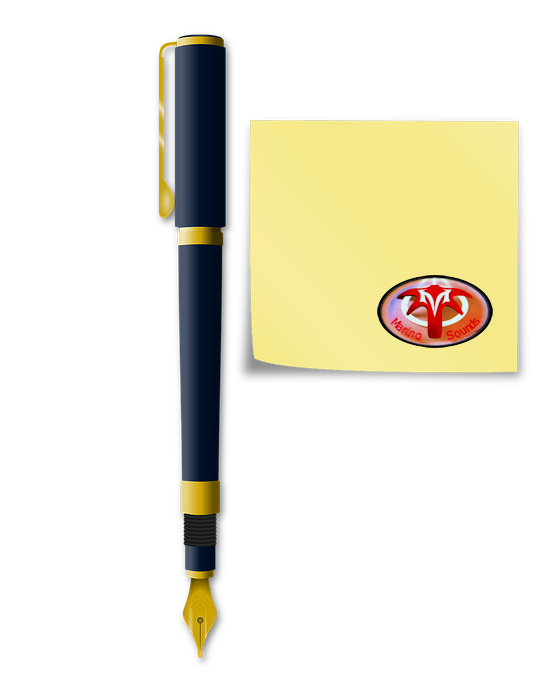 When you try to tune a guitar with a piano, assuming they are exactly the same, you might break the guitar strings. Guitar tuning Electric Guitar Tuning - Tuning is an essential aspect of any musician's life. Guitars tend to get detuned, which impacts the quality of sound. The optimal solution is to tune a guitar using a tuning device that adjusts the detuned strings to produce a beautiful and harmonious sound. There are various methods of tuning a guitar, depending on the… ensures that you produce the correct note on the appropriate string. Guitar strings vary in size and frequency. When you start tuning your guitar, you’ll notice that it’s tuned with a series of ascending perfect fourths and one major third, similar to a violin.
When you try to tune a guitar with a piano, assuming they are exactly the same, you might break the guitar strings. Guitar tuning Electric Guitar Tuning - Tuning is an essential aspect of any musician's life. Guitars tend to get detuned, which impacts the quality of sound. The optimal solution is to tune a guitar using a tuning device that adjusts the detuned strings to produce a beautiful and harmonious sound. There are various methods of tuning a guitar, depending on the… ensures that you produce the correct note on the appropriate string. Guitar strings vary in size and frequency. When you start tuning your guitar, you’ll notice that it’s tuned with a series of ascending perfect fourths and one major third, similar to a violin.
Guitar Tuning
Here are some easy tips that explain guitar tuning. The open strings of a guitar, from thickest to thinnest, are as follows:
E – the thickest or lowest sounding guitar string is the 6th string A – is the 5th D – is the 4th G – is the 3rd B – is the 2nd E – the thinnest or highest is the 1st
The most common method for tuning both electric and acoustic guitars Ibanez Acoustic Guitars - Ibanez acoustic guitars are among the leading guitar brands in the market. These guitars are incredibly versatile and cater to a wide range of music genres. With so many guitar brands available, it can be challenging to choose just one. However, the Ibanez guitar stands out for its robust qualities and exceptional sound. About Ibanez… is the Standard Guitar Tuning procedure:
Step 1: The E String Tune the bottom E string as accurately as possible. If you have another instrument or a piano, you can tune it to the first E below middle C. If not, try to get it as accurate as possible.
Step 2: The A String Place your left hand’s first finger just behind the 5th fret on the bottom E string, which is an A note. Keep your finger on that fret. Now, alternate between picking the 5th and 6th strings, adjusting the 5th string tuning peg until the two notes are the same.
Step 3: The D String Place your left hand’s first finger just behind the 5th fret on the A string, which is a D note. Tune the 4th string (the D note) to this.
Step 4: The G String Place your left hand’s first finger just behind the 5th fret on the D string, which is a G note. Tune the G string to that note.
Step 5: The B String Place your left hand’s first finger behind the 4th fret on the G string (note that the B string is the only string that originates from a different position, the 4th fret, while all the others are at the 5th fret).
Step 6: Tuning The E String Place your left hand’s first finger just behind the 5th fret on the B string, which is an E note. Tune the thinnest E string to that note.
Manuel Marino is a seasoned Senior Producer, Music Composer, and Artist with over a decade of experience. He specializes in branded entertainment across various mediums, including video games, films, and advertising campaigns. With 20+ years as a game music composer, Manuel has worked on numerous platforms, creating diverse orchestral soundtracks. HIRE ME


 Manuel is a passionate, driven, and techsavvy AV technician,
Manuel is a passionate, driven, and techsavvy AV technician, 











Really helpful. Thanks a lot.